The Arctic summer is drawing to a close, and in the course of September the sea-ice thickness in the Arctic will drop to the lowest level of the year, reaching what is known as the September minimum. The sea-ice minimum is an important indicator of global climate change and shows whether the Arctic sea-ice cover as a whole is shrinking, growing, or remaining largely unchanged. Whereas the total area of Arctic sea-ice cover can be relatively easily determined via satellite, measuring sea-ice thickness from space is, at least in summer, difficult and error-prone due to the ice’s melting surface. Accordingly, for the past several years the Alfred Wegener Institute for Polar and Marine Research has sought to compensate for the lack of reliable satellite data on summer ice thicknesses by means of direct measurements taken by the research aircrafts Polar 5 and Polar 6. The sea-ice monitoring programme, dubbed IceBird, concentrates on regions like Fram Strait, the Central Arctic and areas with large amounts of older ice (north of Canada and Greenland).
This summer, one of the two polar research aircrafts, Polar 6, once again took to the skies over the Arctic to gather data on the variability of and changes in sea-ice thickness, as well as ice-surface characteristics. In the following, Dr Thomas Krumpen, a sea-ice physicist at the Alfred Wegener Institute and head of this year’s monitoring campaign (IceBird Summer 2022), summarises the outcomes for the Meereisportal / seaiceportal.
In preparation for their duties, the research aircraft are equipped with a diverse range of complex, modular sensors. For example, an electromagnetic measuring system (EM-Bird) is used to determine the sea-ice thickness while in flight. The probe is towed behind the plane on a ca. 70-metre-long cable and scans the ice from 15 metres above its surface (Figure 1). At the same time, a laser scanner produces a high-resolution terrain model of the ice’s surface. In addition, optical sensors measure the distribution of melt ponds on the sea-ice surface.
This summer, all monitoring flights over the sea ice were launched from Station Nord, a Danish military base in northeast Greenland. The campaign began on 4 August in Longyearbyen, Svalbard; the last flights were on 20 August (Figure 2). In the middle of the campaign, on 16 August, the Arctic sea-ice extent was 6.01 million square kilometres (Figure 3). As such, it was below the average for the years 1981 to 2010, but above the record low years 2007, 2012 and 2016. The sea-ice extent in Fram Strait was slightly higher than in previous years. Inclement weather conditions like fog and limited visibility dominated the flights for large portions of the IceBird campaign; it wasn’t until the second third of the campaign that offshore winds pro-duced a fog-free, cloudless corridor at the northern tip of Greenland, which gradually shifted eastward over the next four days. As such, there were four monitoring flights in the middle of the corridor on 12 to 15 August. Unfortunately, the final third of the campaign was also plagued by poor flying conditions.
Despite these difficulties, ice-thickness profile data was gathered for ca. 830 km. Figure 4 shows where the flights took place (in red), together with the routes of past flights from the years 2001 to 2021 (in black). Once the flights were completed, satellite data was used to track the ice back to its point of origin. This approach makes it possible to view the observed ice thicknesses and surface characteristics in relation to the ice’s age and other processes that have influenced it between its initial formation and the time of the flyover (Krumpen et al. 2020). Figure 5 presents the drift trajectories and information on the ice surveyed, determined with the aid of satellite data. The region in which the flights took place is predominantly home to two-year-old or three-year-old ice. Surface temperatures derived from reanalysis data (NCEP, Kanamitsu et al. 2002) show that, in the course of its life, the ice had mostly been exposed to average winter and summer temperatures (not shown). One major difference to past years: the ice found in Fram Strait and its direct vicinity this August had primarily formed in the Central Arctic and not, as is most often the case, in the Russian Arctic.
Figure 6 shows the variability of and changes in sea-ice thickness in Fram Strait and its surroundings. The figure reflects the data from all campaigns conducted in the past two decades in which readings were taken within the region (red box, based on Belter et al. 2021) in the summer months July and August. The modal (ca. 1.5 m) and mean (ca. 2.1 m) ice thicknesses measured in August 2022 are close to the average for the past 11 years (2010 – 2021). The modal ice thickness refers to those values that most frequently appear in the time series; this differs from the mean ice thickness, which represents the arithmetic mean of all ice thickness values recorded. Accordingly, the decrease in ice thickness, similarly to the decrease in sea-ice cover in August 2022, is comparatively moderate this year. However, the trend towards steadily declining mean and modal ice thicknesses has also continued in 2022.
The analysis of the laser-based measurements, which allow conclusions to be drawn on the frequency of pressure ridges, produced no unexpected results, either: on average, 8.6 pressure ridges were identified per kilometre flown. The mean pressure ridge occurrence for the past 11 years is 8.2 per kilometre. That being said, in 2022 there were comparatively few surface melt ponds along the flight route. A precise quantification of the degree of ice cover and a comparison to past years are pending.
In addition to sea-ice extent, the development of ice thicknesses is a crucial factor in the mass balance of polar sea ice. Both parameters are characterised by a declining long-term trend in the Arctic, an aspect that reflects the growing influence and im-pacts of climate change. Consequently, continuous monitoring programmes focusing on these parameters are an important tool for observing the current status of the Arctic and projecting the long-term consequences of the changes at work there. As part of the IceBird monitoring programme, further aerial campaigns in the Central Arctic are scheduled for the coming winter (April 2023) and summer (August 2024). Once they have been completed, the Meereisportal / seaiceportal will report on the outcomes. An extensive summary and analysis of the ice situation at the time of the 2022 minimum will be released at the end of September.
Articles cited
- NCEP-DOE AMIP-II Reanalysis (R-2): M. Kanamitsu, W. Ebisuzaki, J. Woollen, S-K Yang, J.J. Hnilo, M. Fiorino, and G. L. Potter. 1631-1643, Nov 2002, Bulletin of the American Mete-orological Society.
- Krumpen, T., Birrien, F., Kauker, F., Rackow, T., von Albedyll, L., Angelopoulos, M., Belter, H. J., Bessonov, V., Damm, E., Dethloff, K., Haapala, J., Haas, C., Harris, C., Hendricks, S., Hoelemann, J., Hoppmann, M., Kaleschke, L., Karcher, M., Kolabutin, N., Lei, R., Lenz, J., Morgenstern, A., Nicolaus, M., Nixdorf, U., Petrovsky, T., Rabe, B., Rabenstein, L., Rex, M., Ricker, R., Rohde, J., Shimanchuk, E., Singha, S., Smolyanitsky, V., Sokolov, V., Stanton, T., Timofeeva, A., Tsamados, M., and Watkins, D.: The MOSAiC ice floe: sediment-laden survivor from the Siberian shelf, The Cryosphere, 14, 2173–2187, doi.org/10.5194/tc-14-2173-2020, 2020.
- Belter, H. J., Krumpen, T., von Albedyll, L., Alekseeva, T. A., Birnbaum, G., Frolov, S. V., Hendricks, S., Herber, A., Polyakov, I., Raphael, I., Ricker, R., Serovetnikov, S. S., Webster, M., and Haas, C.: Interannual variability in Transpolar Drift summer sea ice thickness and potential impact of Atlantification, The Cryosphere, 15, 2575–2591, doi.org/10.5194/tc-15-2575-2021, 2021.
Contact
Questions?
infoprotect me ?!meereisportalprotect me ?!.de
Graphics
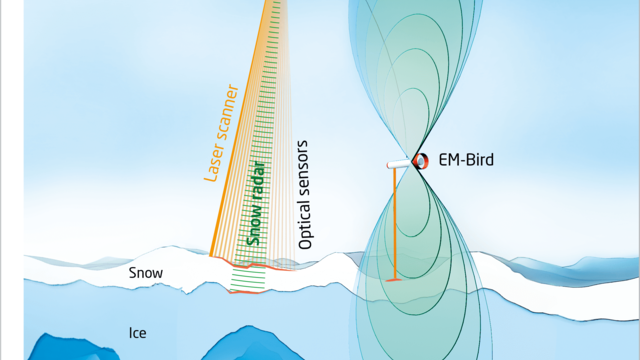
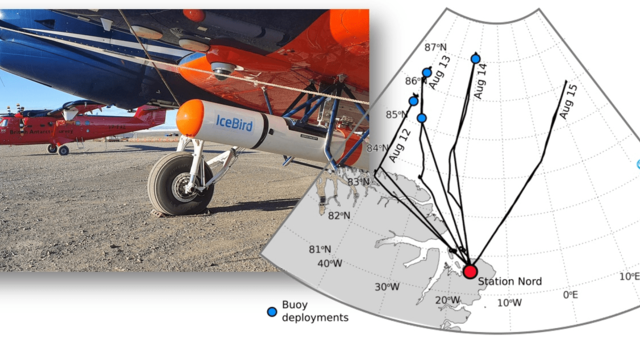
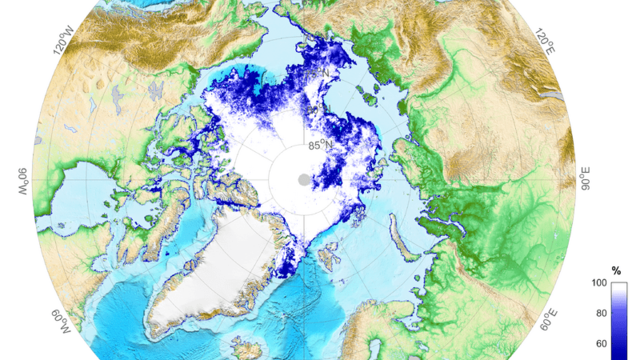
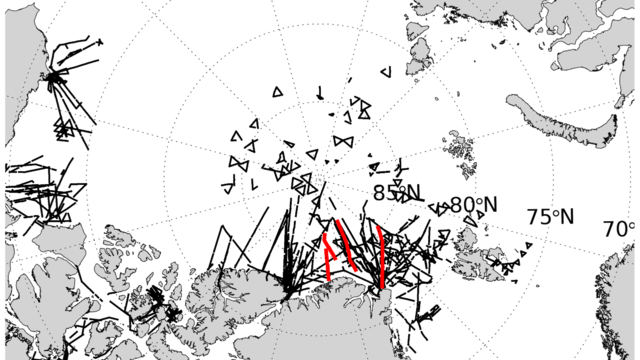
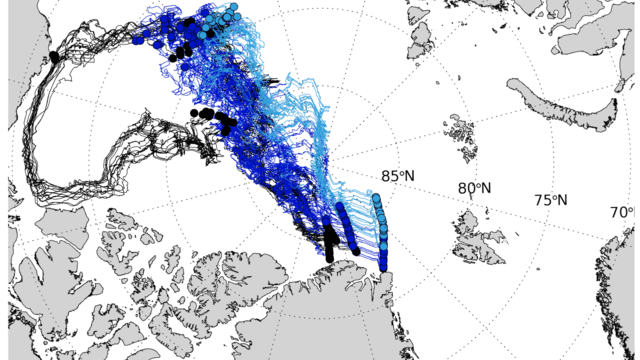
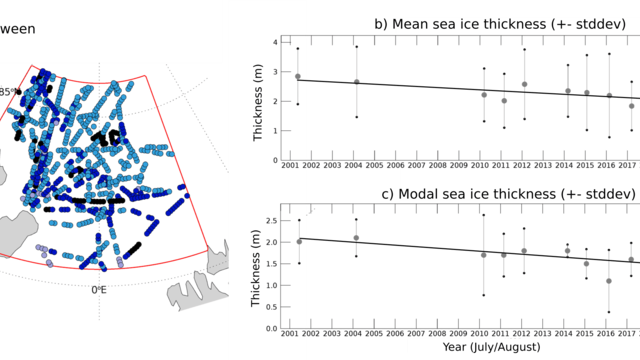
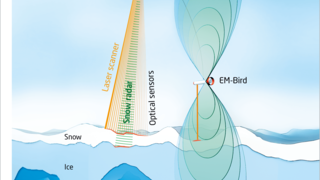
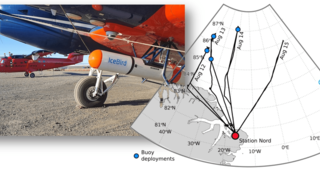
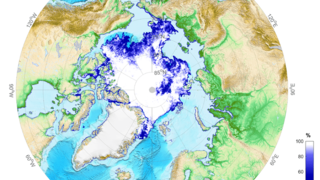
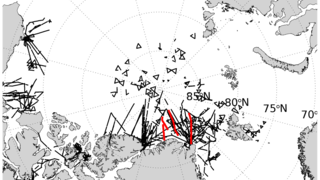
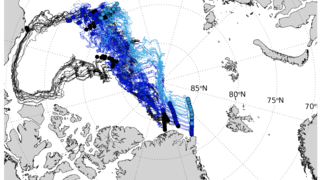
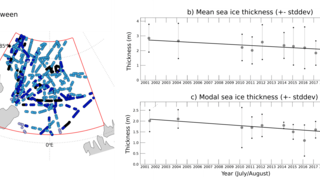

![[Translate to English:] [Translate to English:]](/fileadmin/_processed_/9/6/csm_Abb2_Fig2_EM-Bird_sensor_Forschungsflugzeug_Polar6_research_aircraft_Polar6_2022_19622d89ae.png)